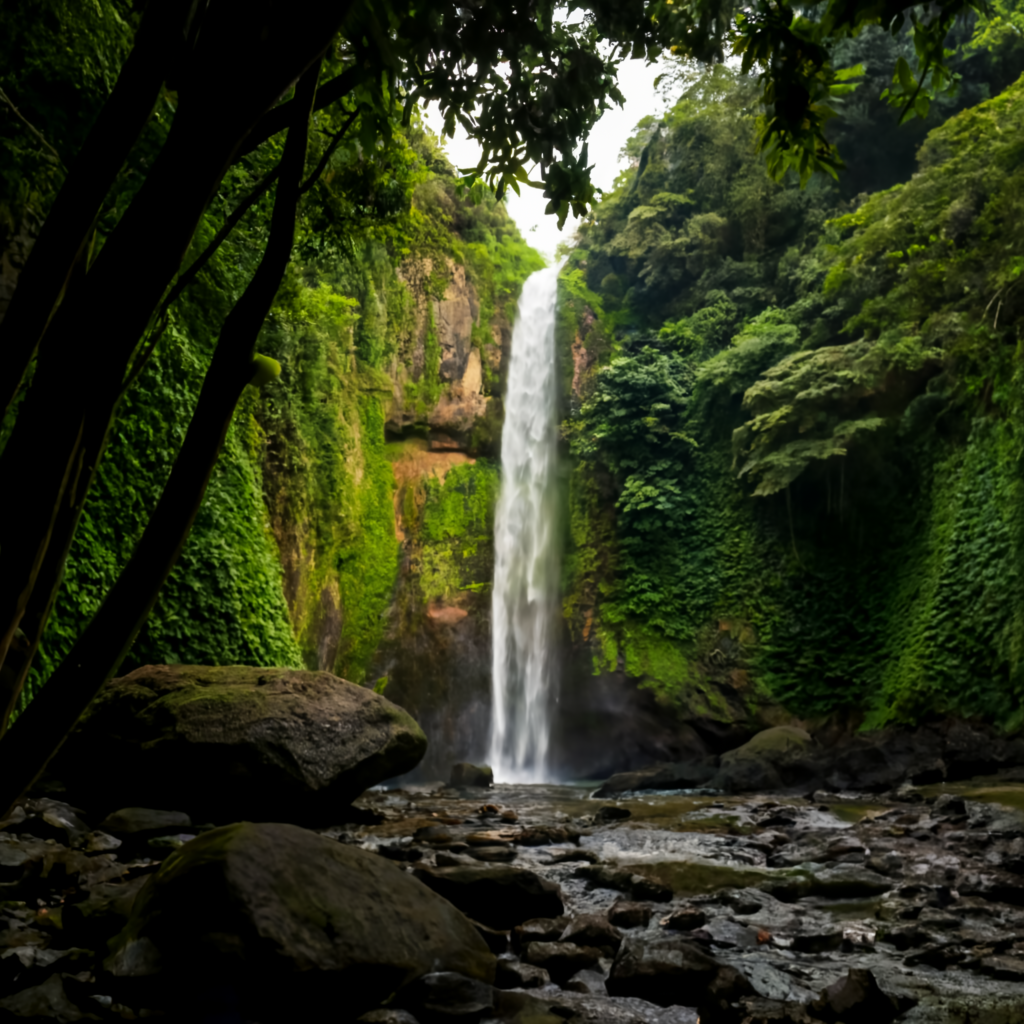Costa Rica, a lush Central American country known for its stunning natural beauty and commitment to conservation, is a paradise for eco-tourists and adventure seekers alike. Nestled between Nicaragua to the north, Panama to the south, the Pacific Ocean to the west, and the Caribbean Sea to the east, Costa Rica offers an array of biodiverse environments, including rainforests, beaches, volcanoes, and rivers. Its dedication to environmental preservation and sustainable tourism makes it a model for responsible travel, attracting visitors from around the globe who are looking to explore its rich ecosystems and vibrant culture.
Costa Rica’s commitment to preserving its natural wonders while offering unforgettable experiences to visitors has made it a top destination for those seeking adventure, relaxation, and a deeper connection with nature. From its misty cloud forests and active volcanoes to its vibrant wildlife and warm, welcoming culture, Costa Rica encapsulates the essence of pura vida, making it a must-visit destination for travelers around the world.
Costa Rica is a global leader in sustainable tourism, which aims to minimize the environmental impact of tourism while contributing to local conservation efforts and communities. The country’s Certification for Sustainable Tourism (CST) program evaluates tourism businesses based on their sustainability practices, encouraging travelers to choose responsibly.

Natural attractions
Biodiversity: Costa Rica is home to an astonishing variety of flora and fauna, housed within its national parks and reserves. The Monteverde Cloud Forest Reserve and the Corcovado National Park are just two examples of the country’s commitment to protecting its natural heritage, offering visitors the chance to observe wildlife such as sloths, monkeys, toucans, and jaguars in their natural habitats.
Volcanoes: The country’s landscape is dotted with several impressive volcanoes, including Arenal, Poás, and Rincón de la Vieja. Arenal Volcano, one of the most active volcanoes in the world until its recent dormant phase, is a popular destination for its hot springs, hiking trails, and the stunning lake that shares its name.
Beaches: With coastlines on both the Pacific and Caribbean, Costa Rica boasts some of the most beautiful beaches in the world. From the surf-friendly waves of Tamarindo and Jacó to the tranquil shores of Manuel Antonio and the pristine beauty of the Caribbean coast’s Cahuita and Puerto Viejo, there’s a beach for every type of traveler.
Adventure and activities
Adventure sports: Costa Rica is a haven for adventure sports enthusiasts. Activities like zip-lining through cloud forests, white-water rafting on the Pacuare River, surfing, and scuba diving are widely available and provide thrilling ways to experience the country’s diverse ecosystems.
Eco-tourism: Guided eco-tours offer insights into the country’s conservation efforts and the chance to learn about its biodiversity. Whether it’s a night walk through the jungle, bird watching, or a visit to a sea turtle nesting site, eco-tourism is at the heart of the Costa Rican experience.
Culture and cuisine
Local culture: Costa Rica’s culture is a vibrant mix of indigenous heritage and Spanish colonial influence, with a dash of Afro-Caribbean flair, especially evident on the Caribbean coast. The country is known for its pura vida (pure life) philosophy, which reflects the local way of life that emphasizes happiness, well-being, and simplicity.
Cuisine: Costa Rican cuisine is largely a blend of Native American, Spanish, African, and Caribbean influences. Staple dishes include gallo pinto (rice and beans), casado (a plate consisting of rice, beans, salad, plantains, and meat or fish), and ceviche. Coffee and chocolate, both locally produced, are also integral to the Costa Rican diet and are celebrated for their quality.
San José – the capital of Costa Rica
San José is the capital of Costa Rica and also the country’s most populous city. In addition to being the seat of the government, San José is also the main hub for economic activity and transportation, and a lot of foreign visitors to Costa Rica arrive to Juan Santamaría International Airport or Tobías Bolaños International Airport which serve the capital.
By Latin American standards, this is a small capital, and even if we include several other nearby population centres in the San José Greater Metropolitan Area, the population is still not more than 2 million people.
Location
San José is locatred in the mid-western part of the Cental Valley that forms the heartlands of Costa Rica. The Central Valley has a comparatively mild climate and lots of fertile lands, it is not difficult to understand why people have elected to settle here since time immemorial.
Getting in by air
As mentioned above, San José is served by two international airports.
The largest one is Juan Santamaría International Airport (IATA: SJO, ICAO: MROC). It is located not in the capital itself but in the nearby town of Alajuela. Still, the distance between the airport and downtown San José is just 23 km.
The other airport is Tobías Bolaños International Airport (IATA: SYQ, ICAO: MRPV). It is located 8 km north-west of the city proper.
Climate
San José has a tropical wet and dry climate. The elevation helps keep temperatures down, and even during the hottest month of the year – which is April – the average temperature is below 24 degrees C. At sea level in Costa Rica, you can expect a much higher avarge temperature in April.
It doesn’t really get cold in San José and the city is sometimes called The City of Eternal Spring. During the coolest month, which is October, the average temperature is above 21 degrees C.
Source:


